The Complete Guide to Bungee Jumping
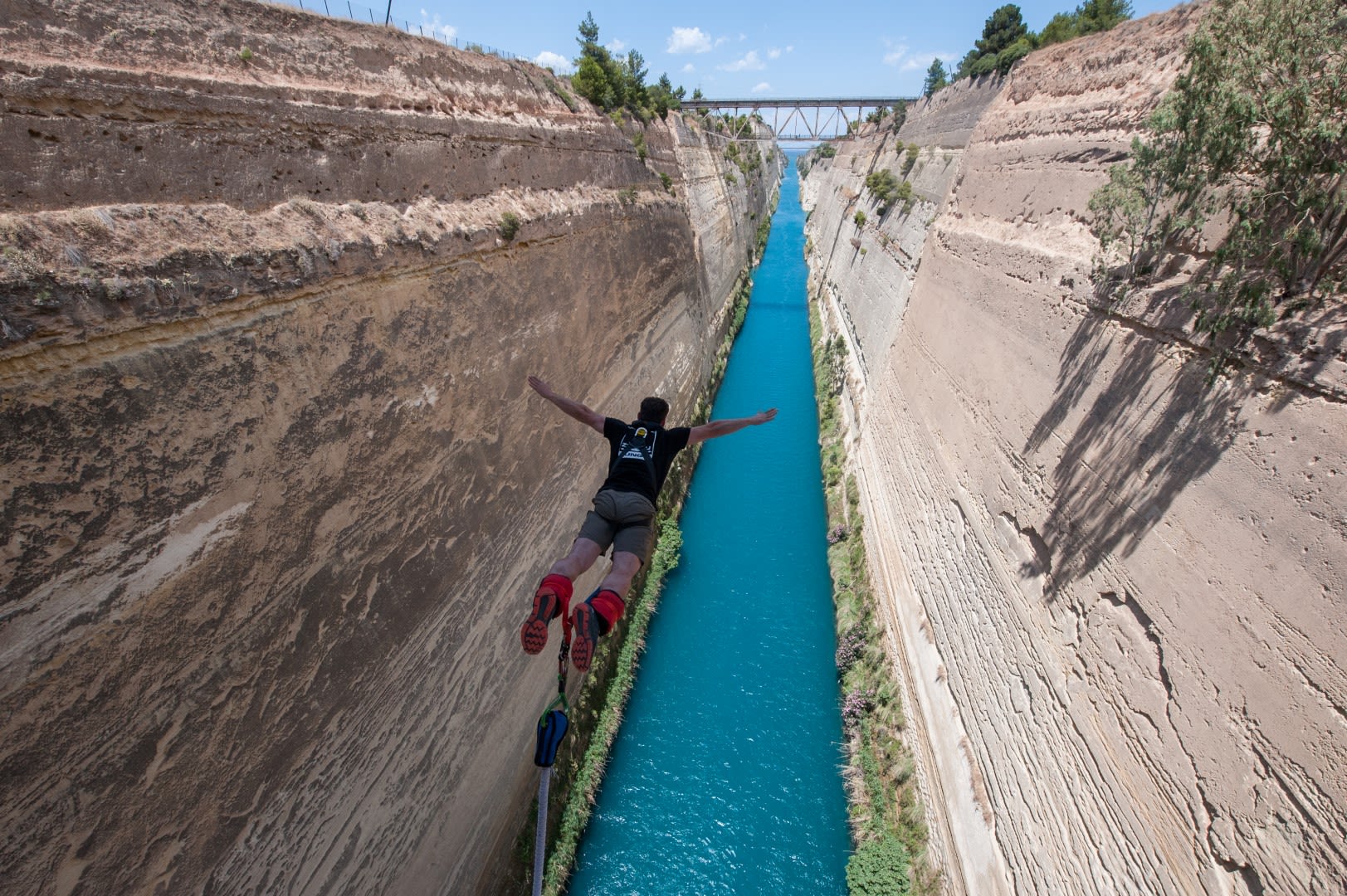
Dive head first into the world of bungee jumping with our comprehensive guide. Whether you are a fearless jumper or a curious first-timer, this article is your passport to prepare for your crazy jump! Get ready to elevate your adventure and experience this heart-pounding activity!
What is bungee jumping?
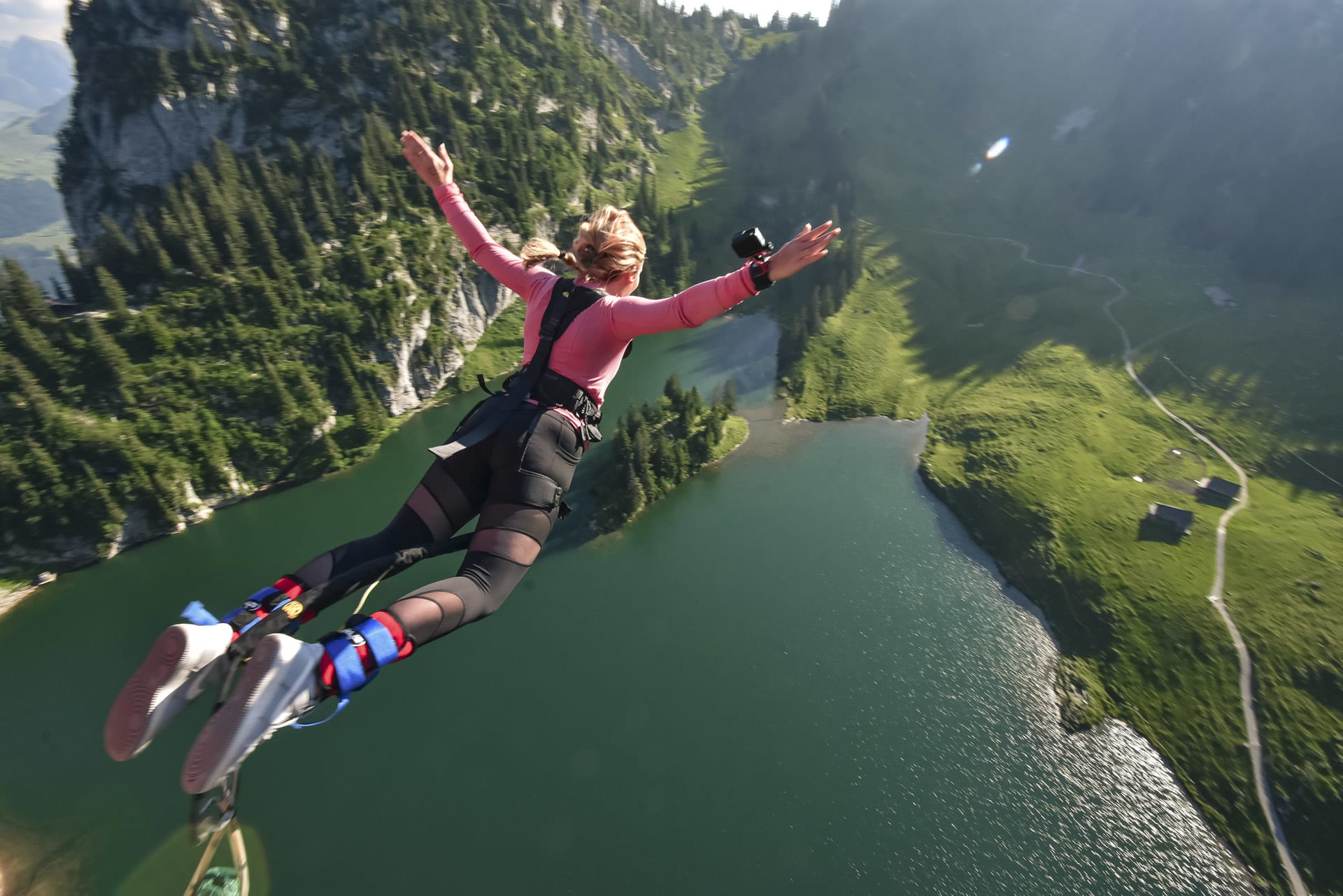
To start with this bungee jumping guide, you need to know what this sport is, don't you? Put simply it is an exhilarating adventure sport that involves jumping from a high platform – normally from a dam, bridge, crane, or tower, connected to a specially-made thick elastic cord that recoils after a few seconds of freefall. Though the bungee platforms are usually from static structures, it is also possible, and highly thrilling, to bungee jump from hot air balloons, mountain gondolas, and helicopters.
Practiced around the world, this activity is great to do in groups with friends or family, cheering each other on as you wait for your turn to jump!
History of Bungee Jumping
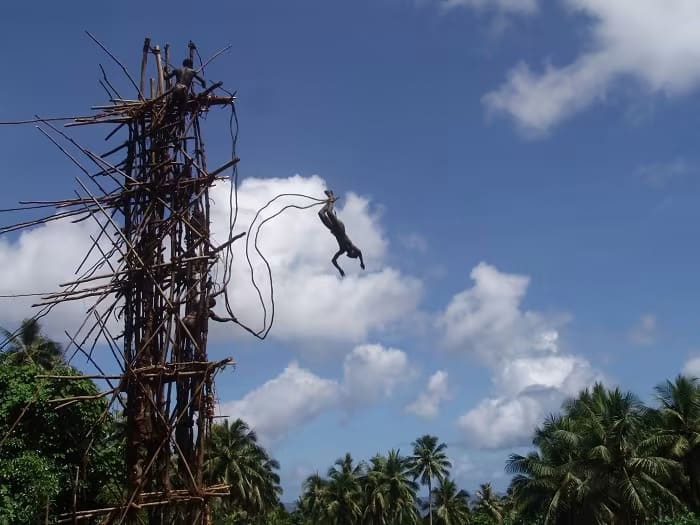
According to a legend surrounding the South Pacific island of Pentecost, bungee jumping originated there. The legend says that a woman, fleeing her husband who was mistreating her, climbed a tree to hide, and her husband followed her up. Just as her husband tried to grab her, she tied vines around her ankles and jumped. Her husband jumped at the same time but hit the ground and died, so the woman was saved by the vines.
Since this legend originated, the men of the island have practised jumping from trees with vines tied around their ankles. This ‘land diving’ or Naghol, as it is known on the island, has become a tradition on Pentecost Island. It is practiced every year on Saturdays between April and June.
Modern history of bungee jumping

In April 1979, on ‘April Fool’s Day’ the Oxford Dangerous Sports Club tried jumping from Bristol’s Clifton Bridge in England. Illegally and moderately unpreparedly, a few members of this club attached elastic bungee cords to themselves and jumped – something they later did again at the Golden Gate Bridge in San Francisco the following year.
This, along with other jumps, propelled the sport into the mainstream. In 1989, the now world-famous New Zealander A.J. Hackett opened the world’s first commercial bungee jumping location in Queenstown, New Zealand.
What equipment is used in bungee jumping?
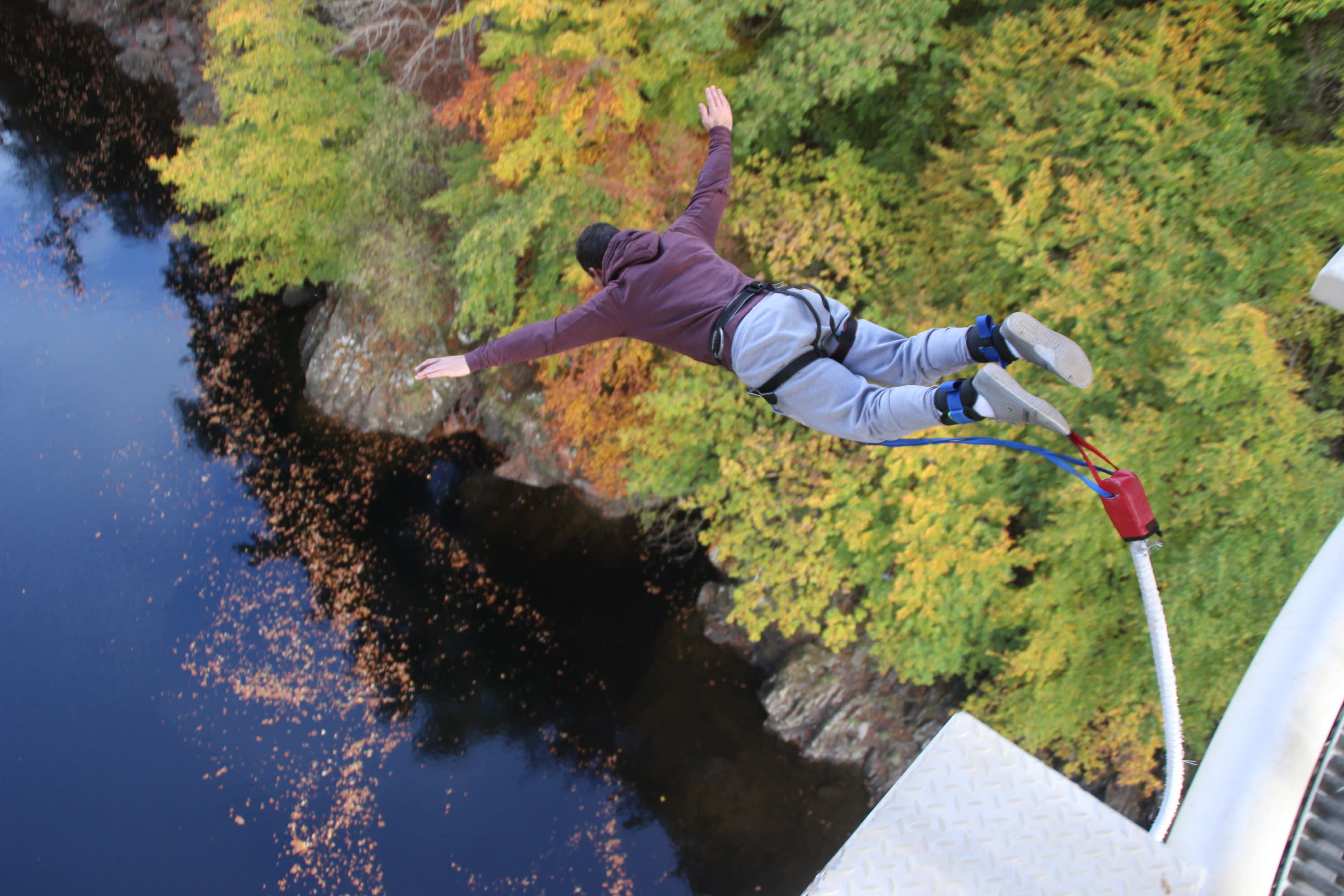
The amount of equipment required for this sport is minimal, with the participant only needing to bring appropriate footwear. The bungee site will supply the specially designed braided shock cord you will be connected to, the leg and body harness you will be wearing, connected to the bungee cord and a helmet may be required at some destinations.
Don’t be sceptical of the location if you don’t spot a harness, as some bungee sites simply connect jumpers to the bungee cord via the ankles, whilst others use a harness. You can rest assured, that knowing both pieces of equipment keeps you secure.
- Bungee Cord: A specially designed cord made from tightly woven strands of rubber. With different strengths and thicknesses available, different bungee sites opt for slightly varying cords. This cord will have recoil when you reach a certain point before you reach the ground.
- Harnesses: The harnesses are worn around the thighs, waist, chest, and shoulders, with the bungee cord connected at the front to both of these harness pieces.
How does bungee jumping work?
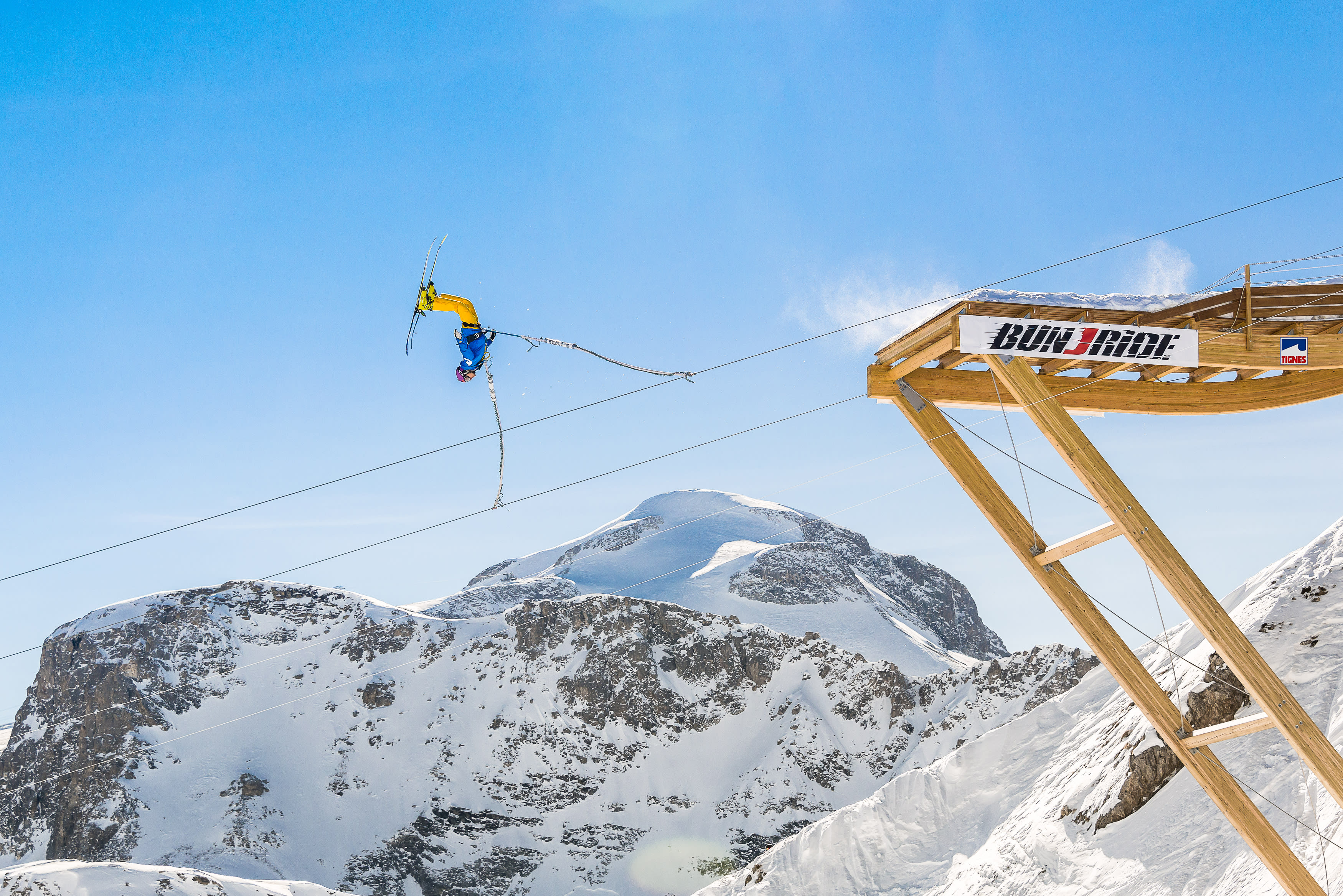
No matter where you decide to jump, the bungee sites will have the following steps in common:
Before the bungee jump
You will arrive at the site at least an hour before your slot, this will give you time to take in the surroundings, watch the people before you jump get acquainted with the instructors, and have a safety briefing. Before the jump, you will be weighed so that the operators set up the particular rope you will use. After attaching your harnesses and rope and checking everything is secure and safe, you’ll then be ready to jump!
During the bungee jump
Relax, stretch your arms out, bend your knees, and jump into the void. Enjoy the sensation of the free fall, it will only last a couple of seconds, and then the rope will be fully stretched and the elastic will recoil and bring you back up slightly and you will swing momentarily at the end of the rope until you are either lowered down to a specially-made landing area airbag, platform or even a boat sometimes (dependent on the location) or lifted back up to the spot you jumped from.
After the bungee jump
After having your harnesses detached from the rope and the harness subsequently taken off, you’ll be able to relax and think back on the incredible bungee jumping experience you’ve just had!
Who can do bungee jumping?
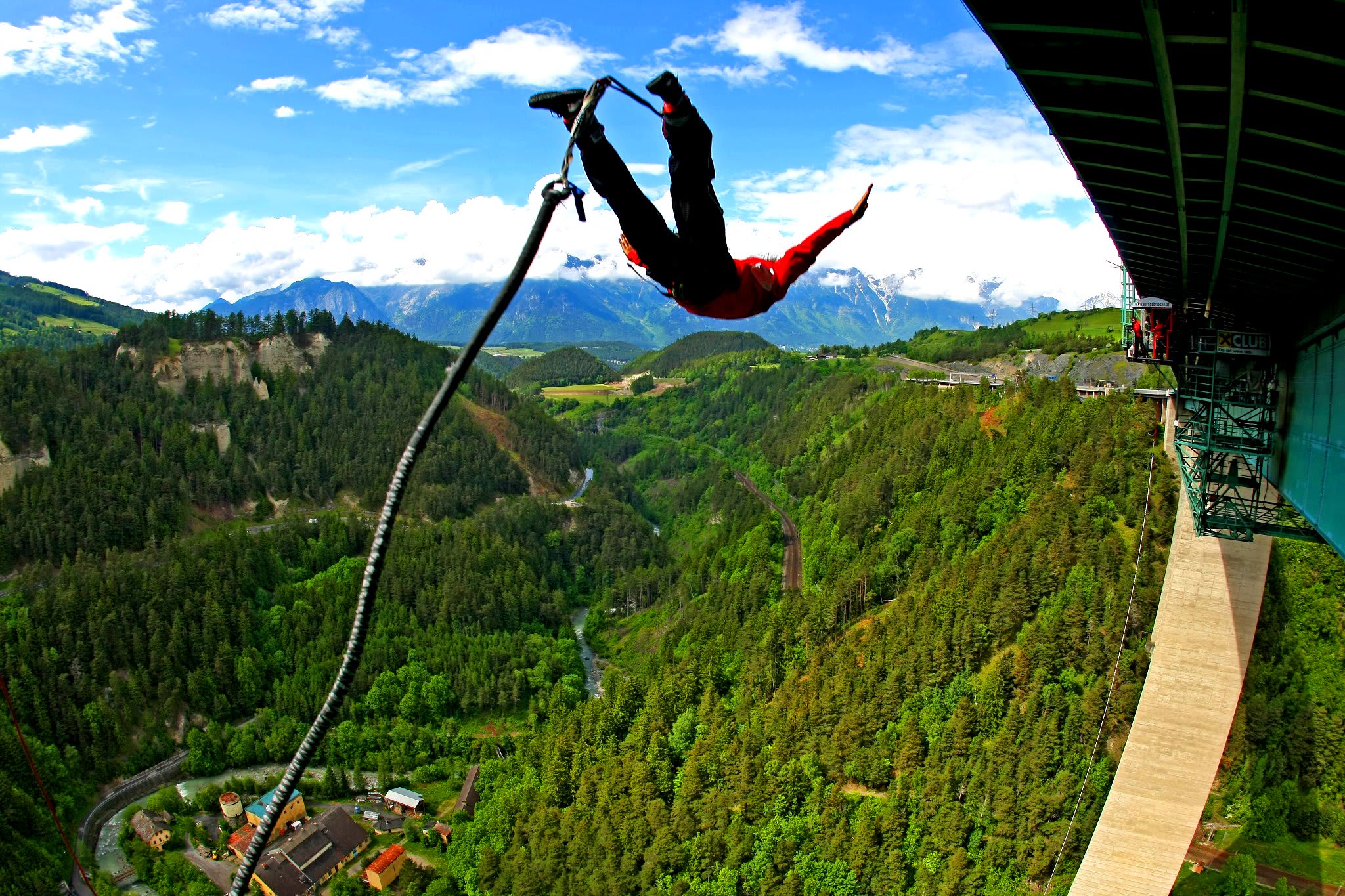
Another important question in this bungee jumping guide... Who can practice this sport? Well, it is an inclusive, accessible sport, able to be tried by people with reduced mobility, amputees, or visitors with partial paralysis. If you have any doubts about whether you or one of your group can participate in bungee jumping, it is highly recommended to speak to the staff at the bungee site that you intend to visit beforehand. It is a sport that requires minimal preparation on the participant’s part, requiring only a minimal level of fitness, good health, wearing appropriate footwear, and listening to a safety briefing, this is a great sport that almost anyone can try!
Other rules: It is also worth noting that bungee participants are not advised to be under the influence of drugs or alcohol, as they may not be permitted to participate. This sport requires a high level of engagement and attention to the safety instructions provided by instructors.
Is there a minimum/maximum weight for bungee jumping?
Rules vary for different bungees, but the general minimum weight for bungee jumping is 35/40kg. The maximum weight again differs between sites but is generally around 145/150kg.
Can pregnant women do bungee jumping ?
Bungee jumping unfortunately is not recommended for women who are pregnant.
What are the health requirements ?
Generally, the participant must be in good health, if you suffer from epilepsy, joint problems, or heart disease you may not be allowed to participate. It is worth checking with the bungee site you’re planning on visiting ahead of booking to see their policy on health requirements if you are unsure.
Variations of bungee
Would it be a good bungee jumping guide if there was no mention of the variations in this sport? This exhilarating sport has many equally exciting variations. Discover the difference between bungee jumping and a bridge swing or bungee jumping and a canyon swing?
- Bridge Swing: This is offered at several bridges around the world, bridge swinging is a variation of bungee jumping in that you still jump from a bridge but the type of rope is different and you swing rather than freefall.
- Canyon swing: Similar to bridge swinging, though instead of jumping from a bridge, you jump from the side of a canyon. Canyon swinging is like cliff jumping, but you’re attached to a rope.
- Sky jump: It is a controlled fall from a large height! The participant has a wire attached to them as they ‘fall’ at a controlled speed. Unlike bungee jumping, there’s no recoil of the wire and most sky jumps will end on a landing platform at the bottom of the tower that you jump from.
Want to jump?
You can ease into bungee jumping by picking the height that suits you best, depending on your threshold for tolerating heights. If you have your eyes set on booking a specific destination or would like to know if there’s a site around you, make sure you look out at all our destinations to practice bungee jumping all around the world! And if you are not afraid of heights, you can choose one of the world’s 10 highest bungee jumps, and you be impressed!
Has this bungee jumping guide inspired you to take the plunge and get a breath of fresh air? To admire the scenery from above and get your adrenalin pumping, you can also learn more about extreme air sports such as tandem skydiving or paragliding. You just have to choose your location and take to the skies... Set off on new adventures with Manawa!